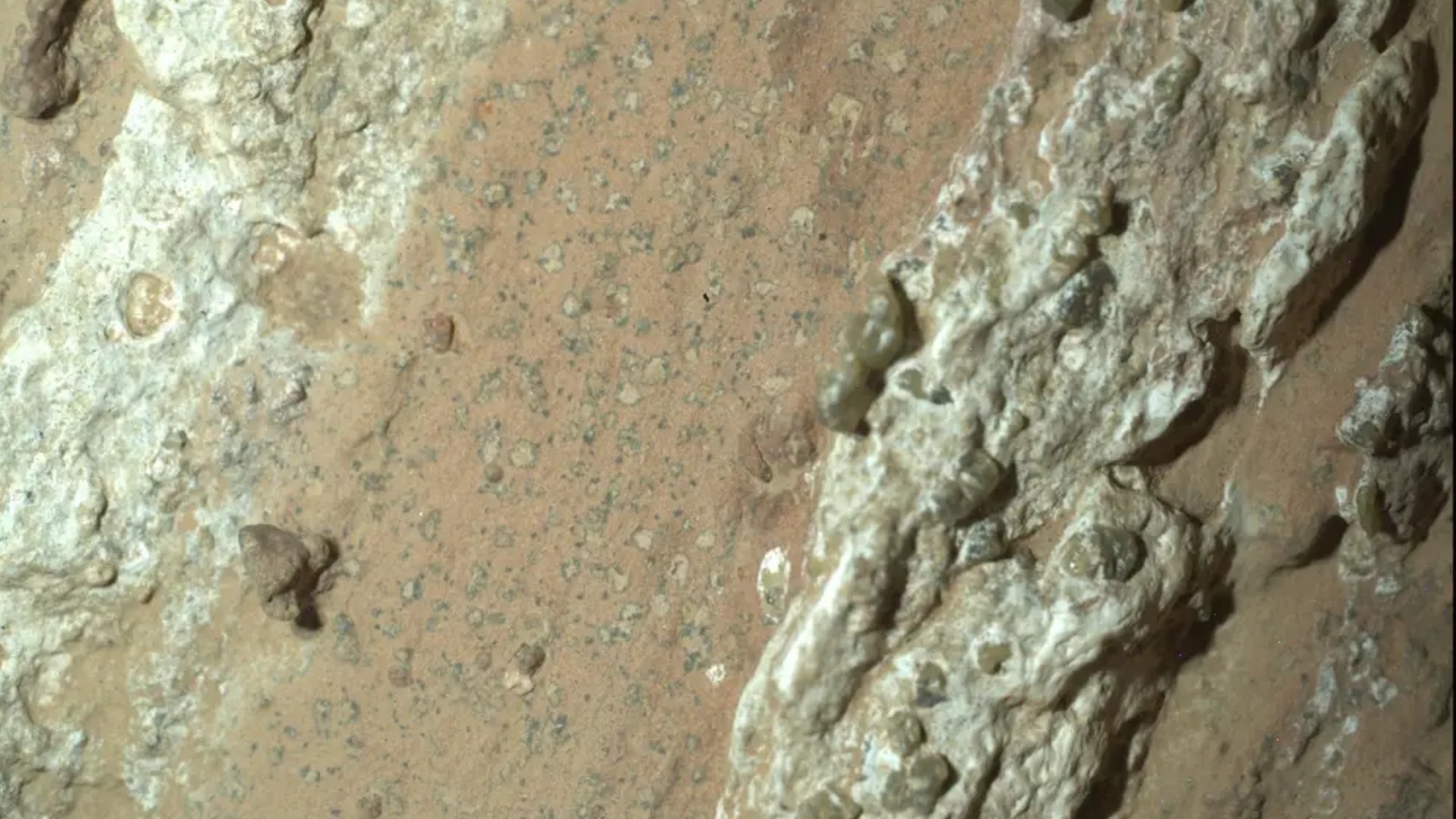The MAVEN Spacecraft Will Fly Closer to Mars to Help NASA's Next Rover

NASA's MAVEN orbiter around Mars will pump its brakes in the Martian atmosphere to slide into tighter orbits around the Red Planet as its mission enters a new phase.
The 4-year-old mission, whose name is short for Mars Atmosphere and Volatile Evolution, will begin making elliptical orbits closer to Mars' surface, as well as prepare for its role as a future data-relay system for the agency's upcoming Mars 2020 rover.
This is a natural extension for the MAVEN mission; it already serves as an occasional "communication liaison" for NASA's Curiosity rover, according to an agency statement published on Feb. 11. [Mars: What We Know About the Red Planet]
The Mars 2020 rover is scheduled to launch next year, with a Martian arrival in early 2021. The car-size probe will spend the equivalent of one Martian year — 687 Earth days — on the planet's surface to search for signs of past microbial life. Plus, Mars 2020 will store Red Planet samples for retrieval to Earth on some future mission.
The Mars 2020 rover's surface activities will get a boost from the "atmosphere-sniffing" MAVEN mission soaring overhead, according to NASA officials. "The MAVEN spacecraft has done a phenomenal job teaching us how Mars lost its atmosphere and providing other important scientific insights on the evolution of the Martian climate," Jim Watzin, director of NASA's Mars Exploration Program, said in the statement. "Now we're recruiting it to help NASA communicate with our forthcoming Mars rover and its successors."
By reducing the high point of its elliptical orbit from 3,850 miles to 2,800 miles (6,200 to 4,500 kilometers), MAVEN's communication capabilities with future rovers would improve significantly, NASA officials said. A tighter orbit also means a shorter trip around Mars, bolstering MAVEN's existing science mission and allowing it to communicate with the new rovers more frequently.
Over the next few months, MAVEN engineers will use "aerobraking," a procedure akin to applying brakes on a car; the team will use the drag of Mars' upper atmosphere to slow MAVEN down one orbit at a time. According to the MAVEN mission team, aerobraking is a more efficient way to change the orbiter's trajectory because it uses very little fuel. The aerobraking technique will involve about 360 orbits spanning 2.5 months.
Breaking space news, the latest updates on rocket launches, skywatching events and more!
Previously, MAVEN performed aerobraking to take measurements of Mars' atmosphere. Thanks to these maneuvers, scientists discovered two new types of Martian auroras and learned about the solar wind that has stripped the Red Planet of most of its ancient atmosphere.
Follow Doris Elin Salazar on Twitter @salazar_elin. Follow us on Twitter @Spacedotcom and on Facebook.

Doris is a science journalist and Space.com contributor. She received a B.A. in Sociology and Communications at Fordham University in New York City. Her first work was published in collaboration with London Mining Network, where her love of science writing was born. Her passion for astronomy started as a kid when she helped her sister build a model solar system in the Bronx. She got her first shot at astronomy writing as a Space.com editorial intern and continues to write about all things cosmic for the website. Doris has also written about microscopic plant life for Scientific American’s website and about whale calls for their print magazine. She has also written about ancient humans for Inverse, with stories ranging from how to recreate Pompeii’s cuisine to how to map the Polynesian expansion through genomics. She currently shares her home with two rabbits. Follow her on twitter at @salazar_elin.

